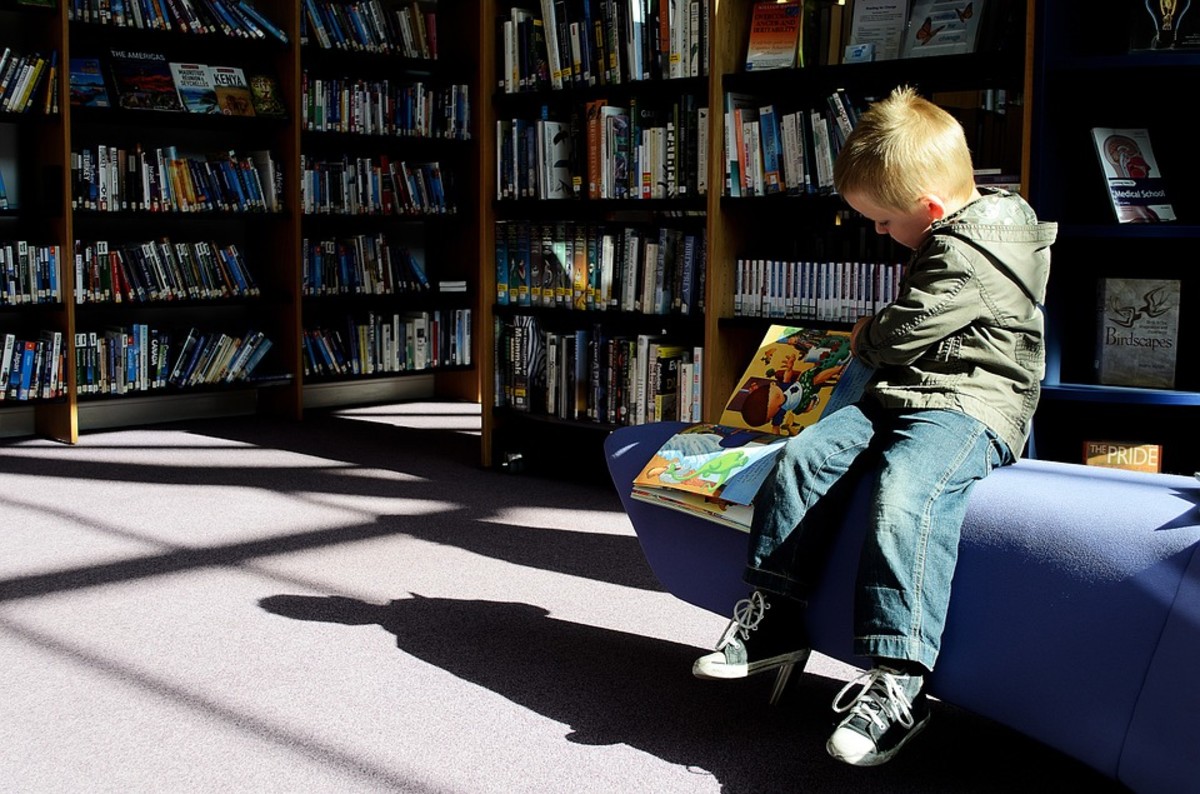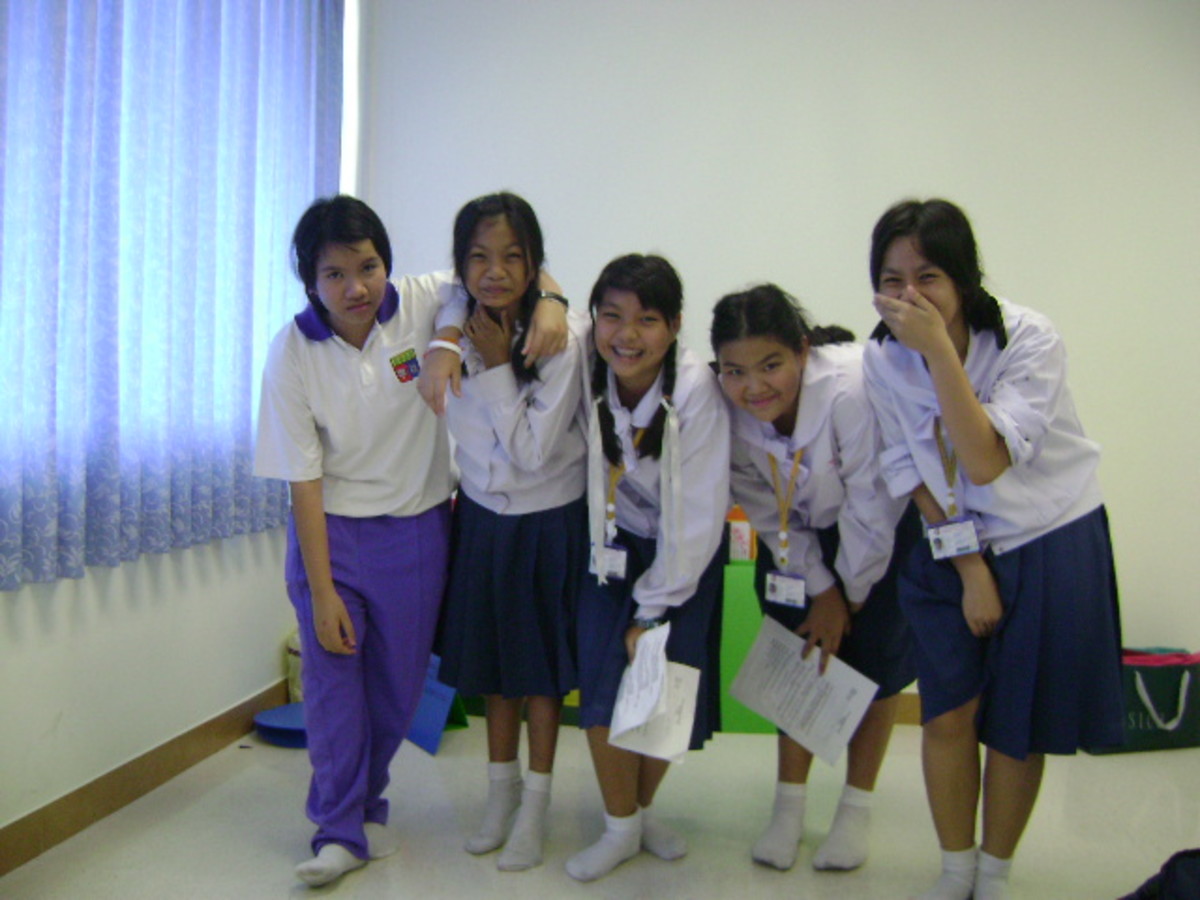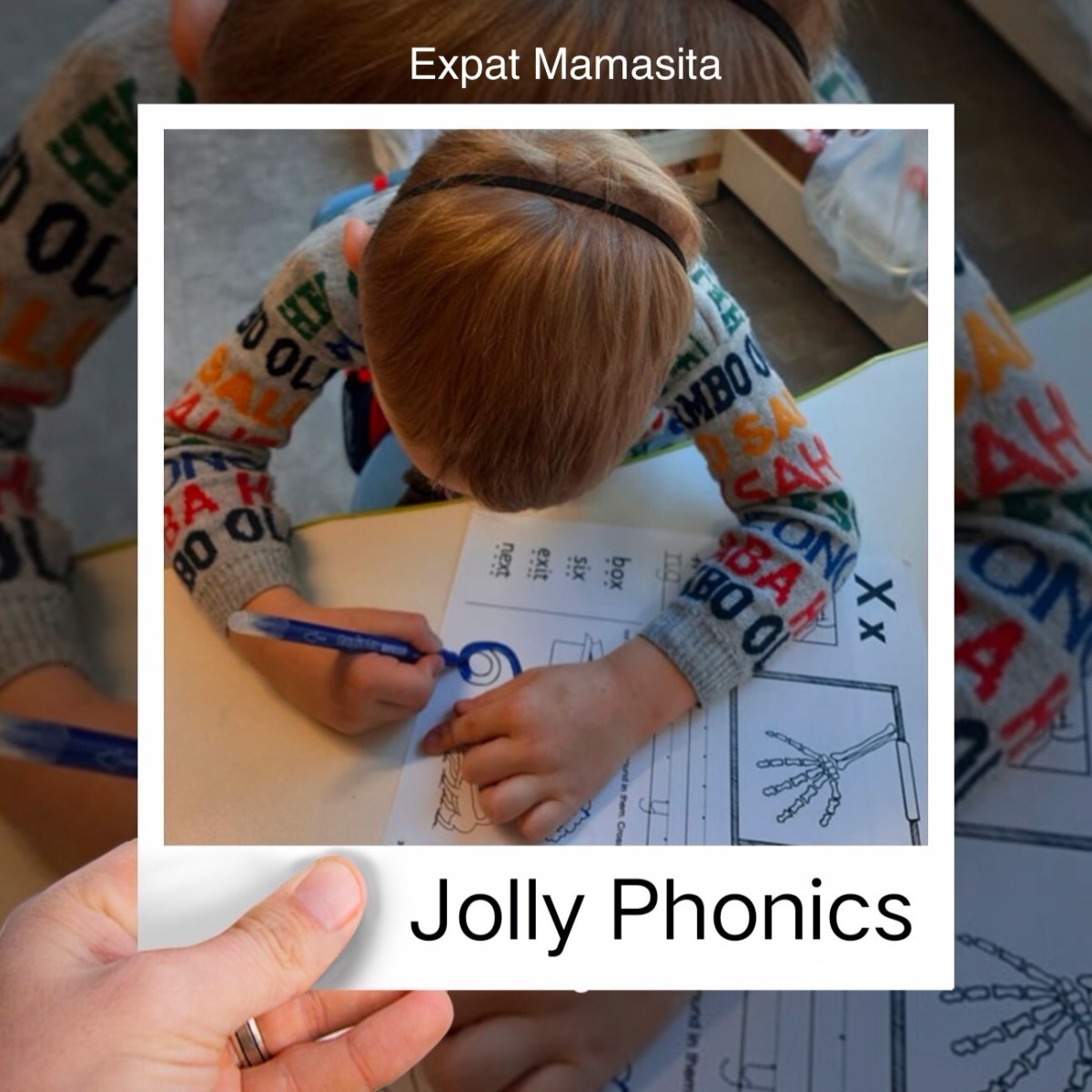Importance of Teaching the Phonetic Approach to Reading

Why Kids Can’t “Catch” Reading Concepts on Their Own
There is a great debate going right now as to how children can best learn to read. Proponents of the whole language movement claim that the best way to teach children reading is to merely expose students to the words and language. They believe in an osmosis-like experience where reading skills are caught from what is heard, seen and experienced. Modern methods of reaching reading lack structure and seldom teach concrete facts or ideas about reaching. Traditionalist, however believe that reading skills must be taught in order to be genuinely learned.
Whole-word method teachers believe that reading is learned best by being exposed to words in print, thus, many whole-language classrooms are immersed in words; with labels on doors, desks, windows and walls. Proponents claim that students will “catch on” to ideas that they have been exposed to, since they consider speaking and reading the same process.
Because one can learn language from being exposed to it, whole-language teachers expect children to learn reading from merely being exposed to words in print. Actual instruction is minimal and considered useless since teachers believe that reading is learned best when used in the context o language in the natural setting.
While it may be true that one can learn to speak a foreign language by simply being immersed in the culture or watching television shows, this is not true of reading. Children and adults alike have been exposed to English for their whole life, however when confronted with the written word they are dumbfounded. This is because speaking is not the same process as reading.
Rudolf Flesh explains that expecting children to learn reading by being exposed to it is “as nonsensical … as it would be to teach the Morse cord on a whole word basis”.
Phonics proponents recognize the value of teaching systematically, because it teaching the meaning and order to the written language. Even the International Reading Association acknowledges that children should “have the right to reading instruction that builds both skill and the desire to read increasingly complex materials”; yet, whole language methods deny students the tools they need to properly unlock reading.
Teaching reading phonetically is beneficial for multiple reasons. It gives children confidence that they can pick up something it read it, it teaches students to obey the rules of language, how to think and analyze what it is written, and how to apply facts what to what they have read.
There are many differences between skillful and poor readers. Adams suggests that these difference stem from how the students were taught. Skillful readers are characterize by processing every letter of the text and translating the spellings into appropriate pronunciations effortlessly, while allowing for focused attention on comprehension of the material. Adams characterizes poor readers as those who cannot “recognize frequent spelling patterns,” likely because whole language instruction does not teach the patterns. Instead of learning the rules, students are expected to pick up the spellings of words on their own. Sadly, whole-language teachers believe that students cannot read until they importance of read the written word.
Whole-language methods illogically expect children to take responsibility for their own education and learning instruction. They are expected not only to motivate themselves, but to catch-on to concepts that are not adequately explained. Sadly, such students are not only expected to “catch” what they can, but they’ll need to play “catch-up” in the future years when their poor reading skills prove a major liability in the classroom.
Reading comprehension shouldn’t necessarily be dependent upon the level of interest of the child, it should engage the child to motivate him to learn to read. It will excite him when he sees that he CAN read for himself. Systematic, phonetic approaches to reading is the best way to reach reading, since it meets the basic needs of students.
Poll #1
Did you learn to read with phonics?
Poll #2
Does your child use phonics?
REFERENCES
Adams, M.J. “Beginning Reading Instructions In The United States”. Retrieved from ERIC Digest (accessed 22 July 2001).
Chall, J. Learning to Read: The Great Debate, New Jersey: Lawrence Erlbaum Associates, 1979.
Flesch, R. Why Johnny Can’t Read: And What You can Do About It, New York: Harper & Row Pub.. 1986.
NEA.org “How to Create a Passion for Learning” (accessed 22 July 2001).
Reading.org “Making a Difference Means Making it Difference: Honoring Children’s Rights to Excellent Reading Instruction” (accessed 22 July 2001).









